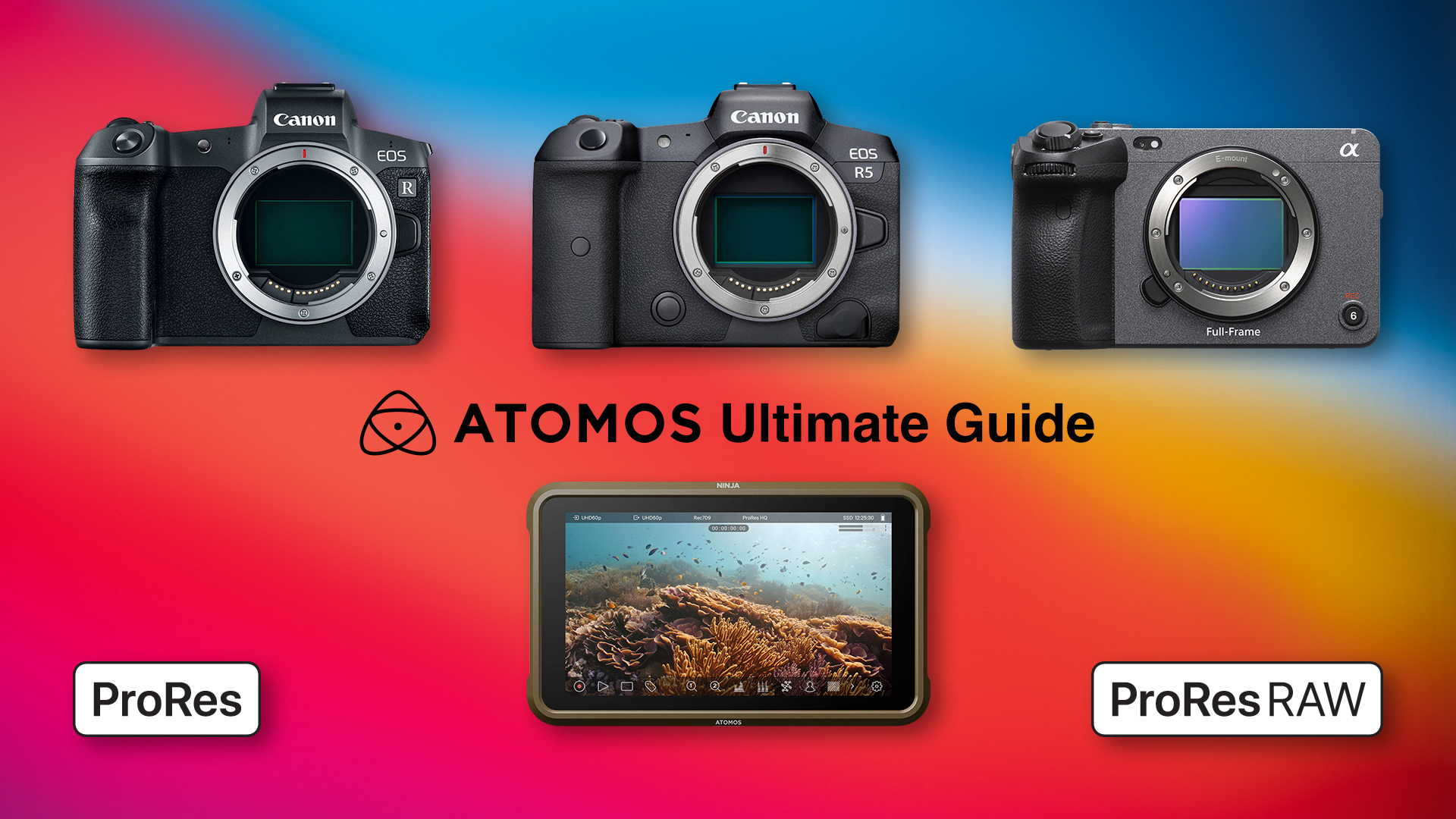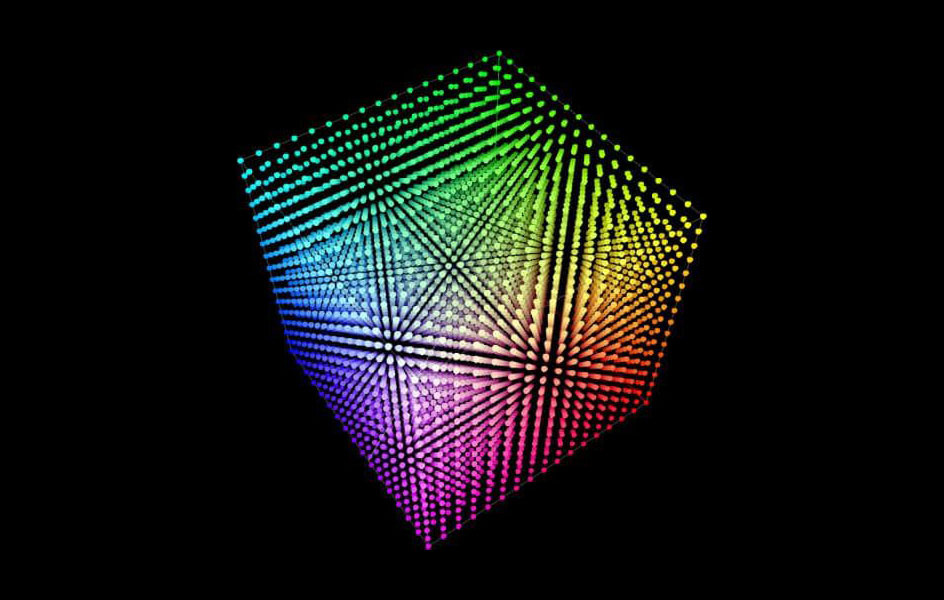The digital Panavision Cinemascope aspect ratio
Analog aspect ratios were defined by the medium and anamorphic lenses used, but in the digital era, I have seen many clueless people share different approaches that do not take into considerations some key aspects of this format, even profesional Blu-ray release lack some undesrtanding on the way Cinemascope video should be handled.
The digital medium doesn’t like decimals or fractions, though most tech people know the 1995 Alvy Ray Smith’s Memo titled “A Pixel Is Not A Little Square”, at the end of the road, digital video is made by square pixels. Blue-rays and digital cinema projectors have some standars, currenlty, most of them go from HD 1080p 1920x1080px up to 4K-DCI 4096x2160px. Any production will be presented inside those dimensions.
The main difference between digital and analog aspect ratios are the point of reference, analog use the height of the frame commonly measured by the perforations (the cost of a film roll was calculated based on the length), anamorphic lenses widen the image X times it heigh, digital use the longest side of the frame as point of reference, commonly, the width of the frame because it is where the source material fits inside and because for the most part, pixels are square dots, widening the image doesn’t improve quality at all.
A 4-perf Super 35 film had a camera aperture (not to be confused with focal aperture) of 24.88×18.66mm a 4:3 aspect ratio, in order to record a 2.35:1 aspect ratio, it used an anamorphic lens, also for projection. If the film was projected into a screen that was 3 meters heigh, without the anamorphic lense it would be visualy 7.05mts in width, without it it would be 4mts.
So, in order to fit a 2.35:1 aspect ratio into a HD 1080p 1920x1080px frame, it should be 1920×817.02px, but there is a are some problems with this, there are not half pixels, if you simply round the height, it should be 817, but it would not be a number that play well with digital compression, which works better when the source fits even numbers, better of if it is divisible by 16 which is the way some codecs analyses the video for compression, so the number that fits both is 816px heigh. The same happens with 4K-UHD, for better performance and perfect compression it has to be 3840x1632px and for 4K-DCI it should be 4096x1744px.
If you want to fit the 2.4:1 for HD it should be 1920x800px, for 4K-UHD 3840×1600 and for 4K-DCI it should be 4096x1712px, and if you are a fan of Tarantino’s Hateful Eight aspect ratio, 2.76:1, you could use a 1920×704 for FHD, 3840x1392px for 4K-UHD and 4096x1488px for 4K-DCI, here is a post in Imgur with all the PNG files.
About working your project using this cropped dimensions instead of using a standard dimension, I recommend sticking with with standard formats and dimensions, Blu-rays and projectors already have the fixed frame size, and require video formats that fit inside that format, so leve the black bars to avoid problems with reproduction, even YouTube doesn’t support “End screen & Annotations” if the video doesn’t fit the 16:9 aspect ratio.
Update: Here are some tables showing the right size of each aspect ratio and how to crop video using FFmpeg.
Cinemascope (2.35:1)
| Format | 2.35:1 (47:20) | Letterbox | FFmpeg Crop |
|---|---|---|---|
| HD | 1280×544 | 88 | 1280:544:0:88 |
| FHD | 1920×816 | 132 | 1920:816:0:132 |
| 4K-UHD | 3840×1632 | 264 | 3840:1632:0:264 |
| 4K-DCI | 4096×1744 | 208 | 4096:1744:0:208 |
| 5K | 5120×2176 | 352 | 5120:2176:0:352 |
| 6K | 6144×2608 | 424 | 6144:2608:0:424 |
| 8K | 7680×3264 | 528 | 7680:3264:0:528 |
Cinemascope (2.40:1)
| Format | 2.40:1 (12:5) | Letterbox | FFmpeg Crop |
|---|---|---|---|
| HD | 1280×528 | 96 | 1280:528:0:96 |
| FHD | 1920×800 | 140 | 1920:800:0:140 |
| 4K-UHD | 3840×1600 | 280 | 3840:1600:0:280 |
| 4K-DCI | 4096×1712 | 224 | 4096:1712:0:224 |
| 5K | 5120×2128 | 376 | 5120:2128:0:376 |
| 6K | 6144×2560 | 448 | 6144:2560:0:448 |
| 8K | 7680×3200 | 560 | 7680:3200:0:560 |
Ultra Panavision 70 (2.76:1)
| Format | 2.76:1/69:25 | Letterbox | FFmpeg Crop |
|---|---|---|---|
| HD | 1280×464 | 128 | 1280:464:0:128 |
| FHD | 1920×688 | 196 | 1920:688:0:196 |
| 4K-UHD | 3840×1382 | 384 | 3840:1382:0:384 |
| 4K-DCI | 4096×1488 | 336 | 4096:1488:0:336 |
| 5K | 5120×1856 | 512 | 5120:1856:0:512 |
| 6K | 6144×2224 | 616 | 6144:2224:0:616 |
| 8K | 7680×2784 | 768 | 7680:2784:0:768 |
4K-DCI
| Format | 4K-DCI (256:135) | 2.35:1 Letterbox | FFmpeg Crop |
|---|---|---|---|
| HD | 1280×672 | 24 | 1280:672:0:24 |
| FHD | 1920×1008 | 36 | 1920:1008:0:36 |
| 4K-UHD | 3840×2032 | 64 | 3840:2032:0:64 |
| 4K-DCI | 4096×2160 | 0 | 4096:2160:0:0 |
| 5K | 5120×2704 | 88 | 5120:2704:0:88 |
| 6K | 6144×3248 | 104 | 6144:3248:0:104 |
| 8K | 7680×4048 | 136 | 7680:4048:0:136 |

